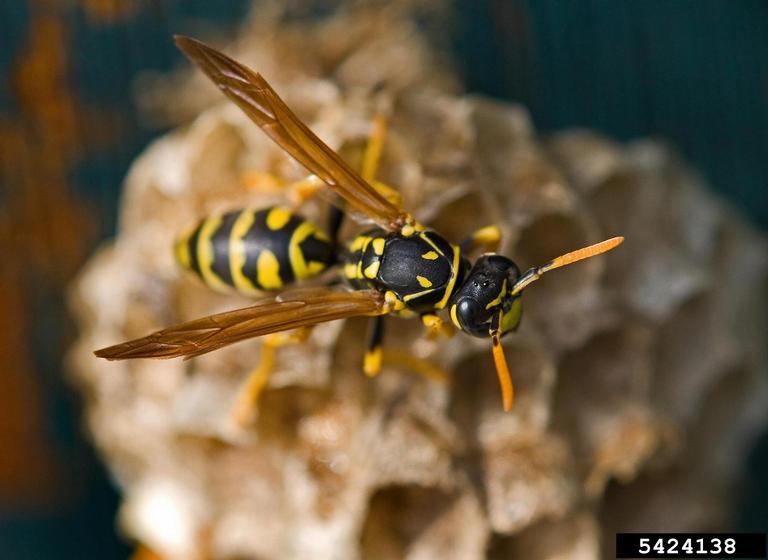You had a problem in your field or yard. So you sent a sample to the University of Georgia plant disease diagnostic clinics. And then you waited.
It's hard to wait while your wilted plant or bagged bug finds its way through the mail. But you and other Georgia farmers and home gardeners, who have submitted more than 4,000 samples each year, haven't had much choice.
That will soon change.
A private foundation's gift of more than $1 million and matching funds will place digital imaging equipment in 60 county Extension Service offices by 1999.
The three-year project will equip the counties with high- resolution digital cameras, microscopes and computers with imaging and communication software.
About half of the counties will get equipment and training in March 1998. The rest will be selected and equipped a year later. When the system is complete, the equipment will be spread evenly throughout the state.
"The technology will allow county agents to photograph diseased and pest-infested crops and transmit visual diagnostic data to plant pathologists and other scientists at UGA," said Ed Brown, a plant pathologist with the UGA College of Agricultural and Environmental Sciences. "This technology will apply to more than 60 percent of the plant samples they've traditionally mailed."
It takes about four days to deliver samples and return the results by mail. The new system should cut that time in half. Sometimes the diagnosis will be immediate.
McDuffie County will be among the offices equipped next March. And Frank Watson, the county extension coordinator, can't wait.
"It seems like at least once a week, I'll get something in here with such vivid symptoms that I say, 'If I could just show this to the specialists, I know they could tell me what it is and I could help these people,'" Watson said. "With this equipment, we'll be able to send them a picture instantly. And they can respond on the same day."
Crop diseases cost Georgia farmers more than $525 million in 1995. That's 17 percent of the $3 billion total crop value.
"We know that in '95, distance diagnostics could have saved Vidalia onion farmers alone $30 million in crop losses and control measures," Brown said. "The system will save Georgia farmers millions of dollars a year."
The equipment has been chosen to be generic and fairly low-cost to make this an easily reproducible project, said Don Hamilton, head of computing and networking for the UGA Extension Service. He and Brown head the project.
Each county package is valued at around $10,000. Each includes a compound microscope for high magnification to identify fungi and diseases. A stereo microscope for lower magnification will identify insects and other diseases.
County agents will use a camera that fits on either of the microscopes and a hand-held digital camera in the field or yard. They'll transfer images with a computer with Internet access.
The agents will be trained on the new technology. They will also get extensive training on identifying and diagnosing pest and disease problems.
"As we build up a data base of images and the agents become more familiar with common problems, we should be able to have more identification on the spot," Brown said.
"Agents will be trained to make mounts from sample materials, photograph them and send the file on the Internet to the UGA diagnostic labs," he said. "We'll be alerted that a sample is waiting. One plant pathologist will look at it and, if necessary, call in experts in any field to take a look."
The best images will become part of an electronic data base. Agents, scientists and students can use the data base for quick identification.






